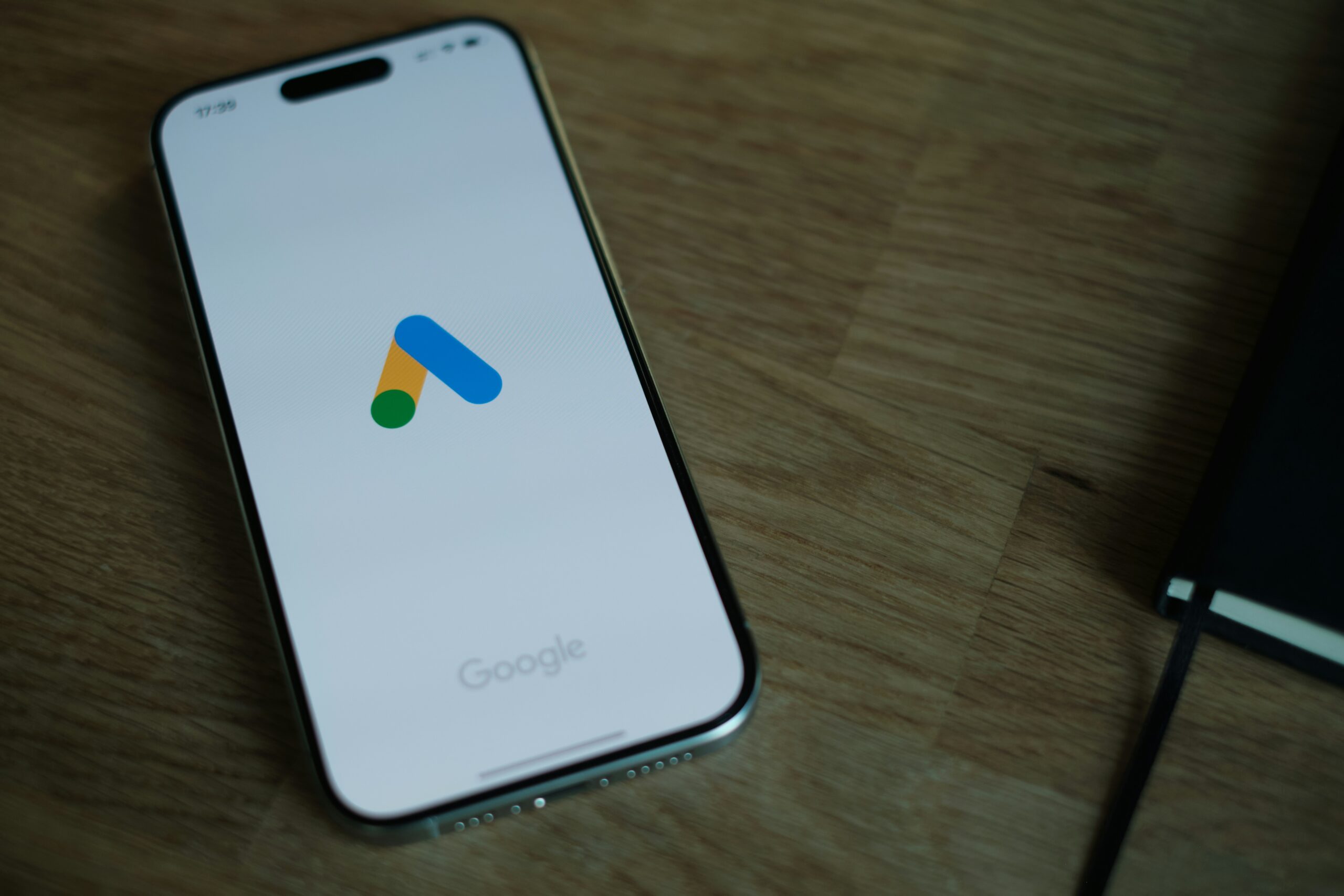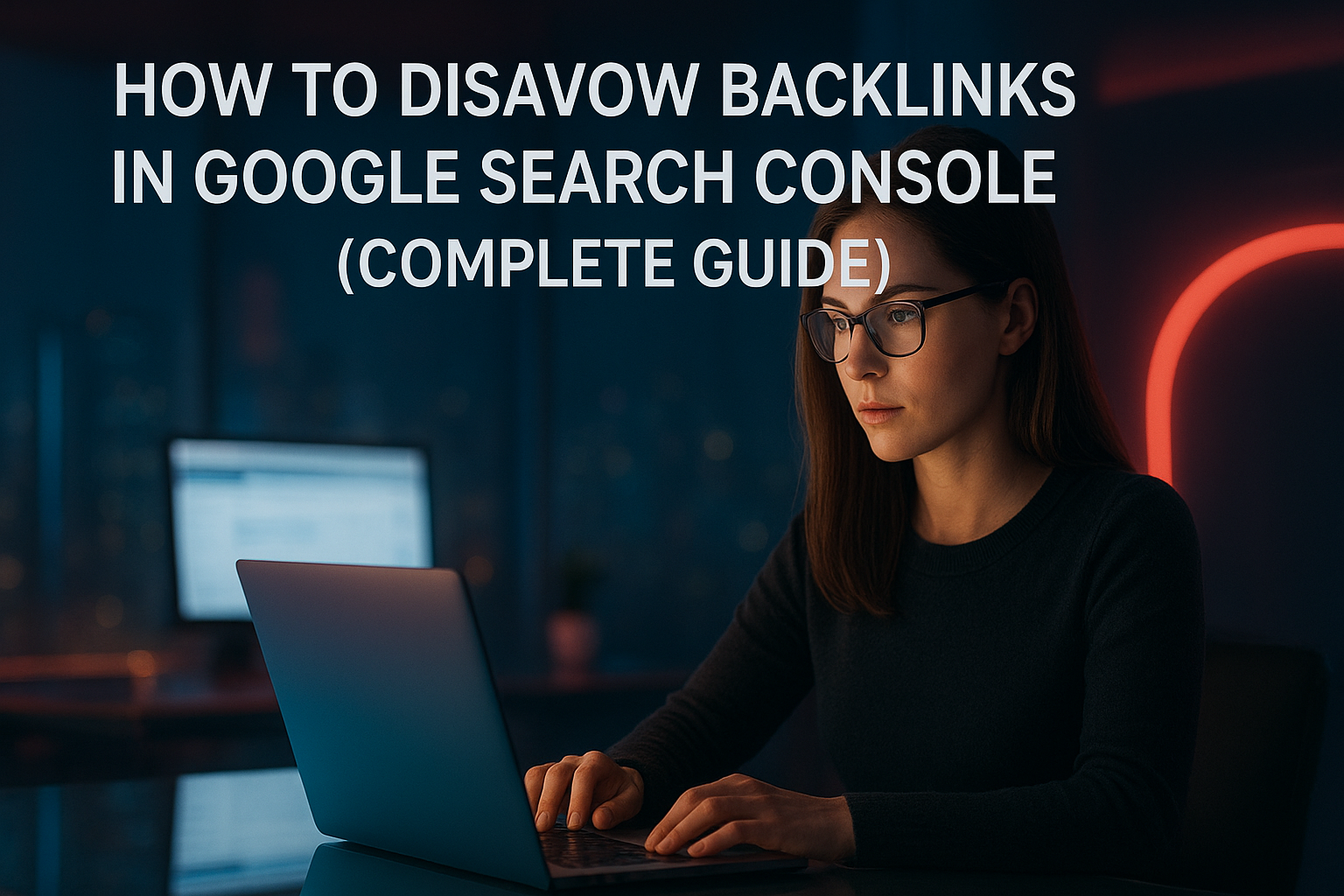In the ever-evolving landscape of digital marketing, Facebook Meta Ads have emerged as a powerful tool for businesses seeking to enhance their online presence. These ads allow brands to reach a vast audience across Facebook and its associated platforms, including Instagram and Messenger. The integration of advanced targeting options and analytics makes Facebook Meta Ads an essential component of any comprehensive marketing strategy.
By leveraging user data, businesses can tailor their advertising efforts to resonate with specific demographics, interests, and behaviors, ensuring that their message reaches the right people at the right time. Moreover, the versatility of Facebook Meta Ads is noteworthy. Advertisers can choose from various formats, including image ads, video ads, carousel ads, and more, each designed to engage users in unique ways.
This flexibility enables brands to experiment with different creative approaches, allowing them to find what resonates best with their audience. As the digital landscape continues to shift, understanding the nuances of Facebook Meta Ads becomes increasingly crucial for marketers aiming to stay ahead of the competition and effectively connect with potential customers.
Key Takeaways
- Facebook Meta Ads require understanding of platform tools and ad formats for effective campaigns.
- Setting up your account correctly is crucial for smooth ad management and tracking.
- Selecting the right ad objective aligns your campaign goals with desired outcomes.
- Targeting the appropriate audience enhances ad relevance and engagement.
- Continuous monitoring and optimization improve ad performance and return on investment.
Setting Up Your Facebook Meta Ads Account
Establishing a Facebook Meta Ads account is the first step toward harnessing the platform’s advertising potential. To get started, you need to create a Facebook Business Manager account if you haven’t already. This centralized hub allows you to manage your ad accounts, pages, and assets in one place.
Once your Business Manager is set up, you can create an ad account specifically for your advertising campaigns. This process involves providing essential information such as your business name, payment method, and time zone. After setting up your ad account, it’s crucial to familiarize yourself with the Ads Manager interface.
This tool is where you’ll create, manage, and analyze your ad campaigns. The layout may seem overwhelming at first, but taking the time to explore its features will pay off in the long run. You can access various metrics and insights that will help you refine your advertising strategy.
By understanding how to navigate the Ads Manager effectively, you’ll be better equipped to launch successful campaigns that drive results.
Choosing the Right Ad Objective

Selecting the appropriate ad objective is a critical step in your Facebook Meta Ads journey. The platform offers a range of objectives tailored to different marketing goals, such as brand awareness, lead generation, website traffic, and conversions. Each objective serves a distinct purpose and influences how your ads are optimized and delivered to users.
For instance, if your goal is to increase brand visibility, choosing the brand awareness objective will ensure that your ads are shown to users who are more likely to remember your brand. Additionally, it’s essential to align your ad objective with your overall marketing strategy. Consider what you want to achieve with your campaign and how it fits into your broader business goals.
If you’re looking to drive sales directly from your website, opting for a conversion objective would be more suitable than simply aiming for engagement. By carefully selecting your ad objective, you set a clear direction for your campaign and enhance the likelihood of achieving meaningful results.
Creating Compelling Ad Content
| Metric | Description | Typical Range | Importance |
|---|---|---|---|
| Click-Through Rate (CTR) | Percentage of viewers who click on the ad after seeing it | 0.5% – 5% | High |
| Conversion Rate | Percentage of clicks that result in a desired action (purchase, signup) | 1% – 10% | High |
| Engagement Rate | Percentage of users interacting with the ad (likes, shares, comments) | 1% – 15% | Medium |
| Ad Relevance Score | Rating of how relevant the ad is to the target audience | 1 – 10 | High |
| Impression Share | Percentage of total possible impressions the ad received | 20% – 80% | Medium |
| Cost Per Click (CPC) | Average cost incurred for each click on the ad | Varies by industry | Medium |
| Ad Frequency | Average number of times a user sees the ad | 1 – 3 | Low to Medium |
| Bounce Rate | Percentage of visitors who leave the landing page without interaction | 20% – 70% | Medium |
Crafting engaging ad content is vital for capturing the attention of your target audience amidst the noise of social media. The key lies in creating visuals and copy that resonate with users on an emotional level. High-quality images or videos that showcase your product or service in action can significantly enhance user engagement.
Additionally, incorporating storytelling elements into your ad copy can help establish a connection with potential customers, making them more likely to take action. Furthermore, it’s important to consider the tone and style of your content. Depending on your brand identity and target audience, you may want to adopt a casual, friendly tone or a more professional approach.
Experimenting with different formats—such as carousel ads that allow users to swipe through multiple images—can also keep your content fresh and engaging. Ultimately, the goal is to create ads that not only capture attention but also compel users to take the desired action, whether that’s clicking through to your website or making a purchase.
Targeting Your Audience Effectively
Effective audience targeting is one of the standout features of Facebook Meta Ads. The platform provides advertisers with a wealth of targeting options that allow them to reach specific demographics based on factors such as age, gender, location, interests, and behaviors. By honing in on your ideal customer profile, you can ensure that your ads are shown to individuals who are most likely to be interested in what you have to offer.
In addition to basic demographic targeting, Facebook also offers advanced options like Custom Audiences and Lookalike Audiences. Custom Audiences enable you to retarget users who have previously interacted with your brand—whether they visited your website or engaged with your social media content—while Lookalike Audiences allow you to reach new users who share similar characteristics with your existing customers. By leveraging these targeting capabilities effectively, you can maximize the impact of your ad campaigns and drive higher conversion rates.
Setting a Budget and Schedule for Your Ads

Determining a budget and schedule for your Facebook Meta Ads is crucial for managing costs while maximizing reach and effectiveness. The platform offers various budgeting options, including daily budgets and lifetime budgets, allowing you to choose what works best for your campaign goals. A daily budget sets a cap on how much you’re willing to spend each day, while a lifetime budget allows you to allocate a total amount for the entire campaign duration.
When scheduling your ads, consider factors such as peak engagement times for your target audience and any seasonal trends relevant to your industry. Running ads during high-traffic periods can enhance visibility and engagement rates. Additionally, Facebook provides options for ad scheduling that allow you to choose specific days and times for your ads to run.
By strategically planning your budget and schedule, you can optimize your ad spend and ensure that your campaigns are reaching users when they are most likely to engage.
Monitoring and Analyzing Ad Performance
Once your Facebook Meta Ads are live, monitoring their performance is essential for understanding what works and what doesn’t. The Ads Manager provides a comprehensive dashboard where you can track key metrics such as impressions, clicks, conversions, and return on ad spend (ROAS). Regularly reviewing these metrics allows you to gauge the effectiveness of your campaigns and make informed decisions about adjustments or optimizations.
In addition to quantitative metrics, qualitative insights can also provide valuable context for understanding ad performance. Analyzing user comments and feedback on your ads can reveal how your audience perceives your brand and messaging. This information can guide future content creation and targeting strategies.
By taking a holistic approach to performance analysis—combining both quantitative data and qualitative insights—you can refine your advertising efforts for better results over time.
Optimizing Your Facebook Meta Ads Strategy
Optimization is an ongoing process that involves refining various elements of your Facebook Meta Ads strategy based on performance data and insights gained from monitoring campaigns. Start by identifying underperforming ads or targeting segments that may not be yielding desired results. Adjusting elements such as ad copy, visuals, or targeting parameters can lead to improved performance.
Additionally, A/B testing different variations of your ads can provide valuable insights into what resonates best with your audience. By experimenting with different headlines, images, or calls-to-action (CTAs), you can identify which combinations drive higher engagement and conversions. Continuous optimization ensures that your advertising strategy remains agile and responsive to changing audience preferences and market dynamics.
In conclusion, mastering Facebook Meta Ads requires a multifaceted approach that encompasses understanding the platform’s capabilities, setting up an effective account structure, selecting appropriate objectives, creating compelling content, targeting audiences strategically, managing budgets wisely, monitoring performance diligently, and optimizing campaigns continuously.
By following these steps diligently and adapting based on insights gained along the way, businesses can harness the full potential of Facebook Meta Ads to achieve their marketing goals effectively.
If you’re looking to enhance your skills in Facebook Meta advertising, you might find it beneficial to explore related resources that can help you optimize your online presence. For instance, understanding how to effectively implement schema markup can significantly improve your ad visibility and performance. You can read more about this in the article on schema markup. This knowledge can complement your advertising strategies and lead to better engagement with your target audience.
FAQs
What is Facebook Meta Advertising?
Facebook Meta Advertising refers to the process of creating and managing ads across Facebook’s family of apps and services, including Facebook, Instagram, Messenger, and the Audience Network, using Meta’s advertising platform.
How do I create a Facebook Meta ad campaign?
To create a Facebook Meta ad campaign, you need to use Meta Ads Manager. Start by selecting your campaign objective, define your target audience, set your budget and schedule, create your ad creative, and then launch the campaign.
What are the different types of ad objectives available?
Meta offers various ad objectives such as brand awareness, reach, traffic, engagement, app installs, video views, lead generation, messages, conversions, catalog sales, and store traffic.
How do I target the right audience for my ads?
You can target audiences based on demographics, interests, behaviors, location, and connections. Additionally, you can use Custom Audiences to retarget existing customers or Lookalike Audiences to reach new people similar to your best customers.
What is the difference between a campaign, ad set, and ad?
A campaign contains your advertising objective. Within a campaign, ad sets define your targeting, budget, schedule, bidding, and placements. Ads are the creative elements like images, videos, and text that users see.
How much does Facebook Meta advertising cost?
Costs vary depending on factors like bidding strategy, audience size, competition, and ad quality. You can set daily or lifetime budgets, and Meta uses an auction system to determine ad costs.
Can I advertise on Instagram through Facebook Meta Ads Manager?
Yes, Instagram is part of Meta’s advertising network, and you can run ads on Instagram by selecting it as a placement within your ad set in Ads Manager.
How do I measure the performance of my Facebook Meta ads?
You can track performance metrics such as impressions, reach, clicks, click-through rate (CTR), conversions, and return on ad spend (ROAS) within Meta Ads Manager’s reporting tools.
Are there any restrictions on what I can advertise on Facebook Meta platforms?
Yes, Meta has advertising policies that restrict certain content such as illegal products, discriminatory practices, adult content, misleading claims, and more. It’s important to review Meta’s Advertising Policies before creating ads.
Can I run ads targeting people under 18 years old?
Meta allows advertising to users under 18 but with restrictions on certain ad categories like alcohol, gambling, and political content. Advertisers must comply with age-related policies and local laws.
What is the Facebook Pixel and why is it important?
The Facebook Pixel is a piece of code you place on your website to track user actions and conversions from your ads. It helps optimize ad delivery, build targeted audiences, and measure campaign effectiveness.
How do I optimize my Facebook Meta ads for better results?
Optimization strategies include testing different creatives, refining audience targeting, adjusting budgets and bids, using conversion tracking, and analyzing performance data to make informed adjustments.
Can I run ads on Facebook Meta platforms without a business page?
No, you need a Facebook Business Page or Instagram Business Account linked to your Meta Ads Manager account to run ads on these platforms.
What payment methods are accepted for Facebook Meta advertising?
Meta accepts various payment methods including credit and debit cards, PayPal, and in some regions, other local payment options. Payment methods can be managed within your Ads Manager account.
Is it possible to schedule ads to run at specific times?
Yes, you can schedule your ads to run continuously or during specific hours and days by setting ad scheduling options within your ad set settings.




